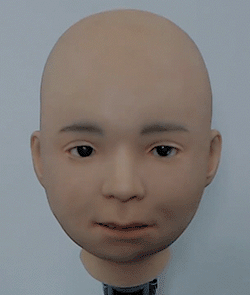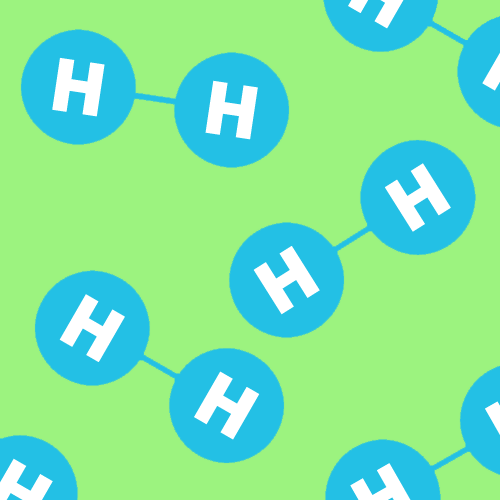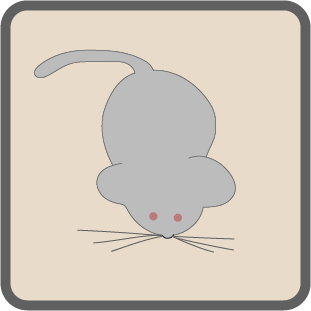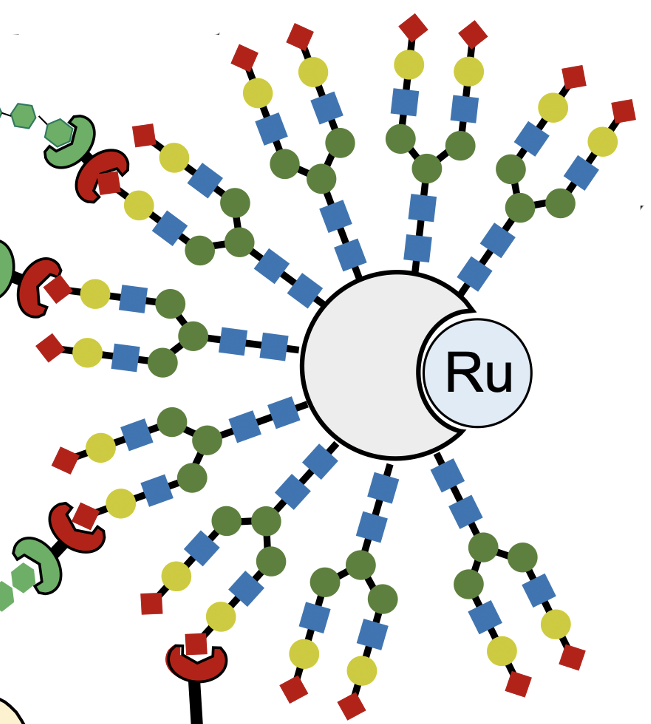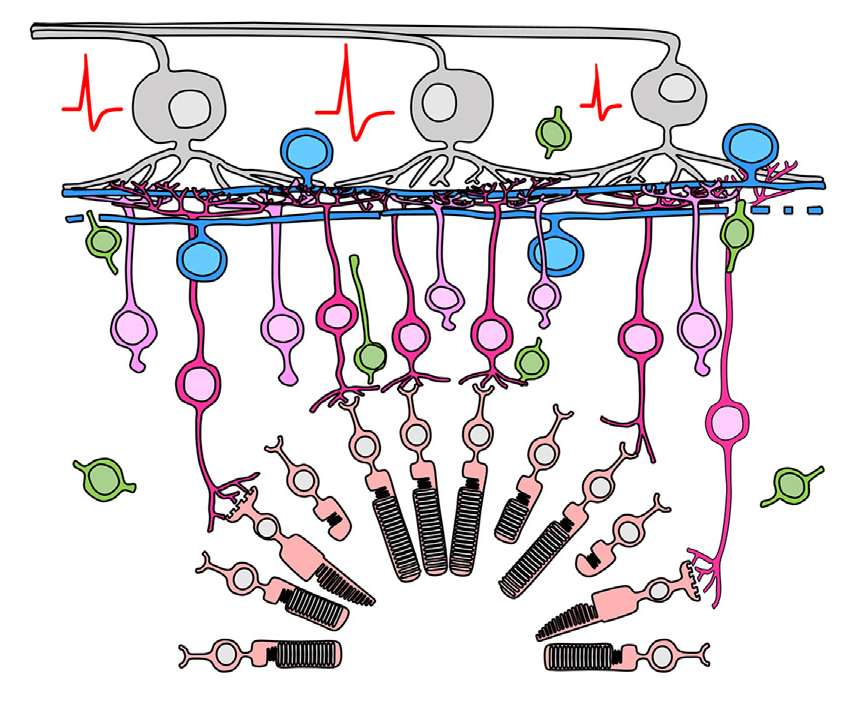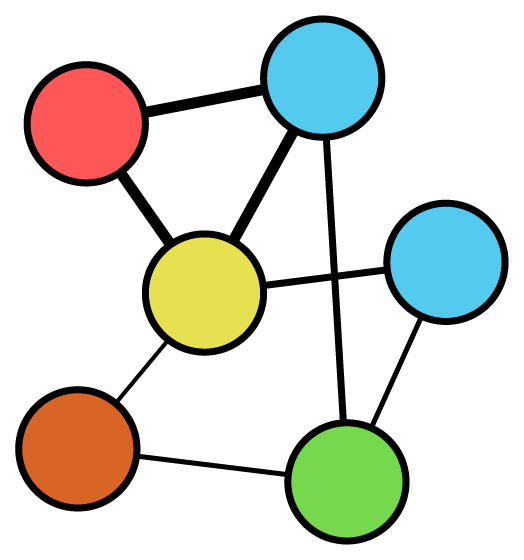Latest research animations
Self-assembly of spider silk
This gut microbe might protect against diabetes and reduce insulin resistance
NEW: One-way hydrogel guides motion of tiny worms!
Latest Posts
No Results Found
The page you requested could not be found. Try refining your search, or use the navigation above to locate the post.
Chaos theory provides hints for controlling the weather
Robotic exoskeleton learns to help people stand up
Nanocarrier spray: better crops without genetic modification
Introducing Nikola, the emotional android boy
Green hydrogen production for fuel cells and fertilizers
Social contact-seeking behavior and loneliness in the brain
New treatment assembles cancer drug inside the body
New lab-grown retinal sheets almost ready for clinical trials
The free-energy principle explains neural network behavior
Jul
12
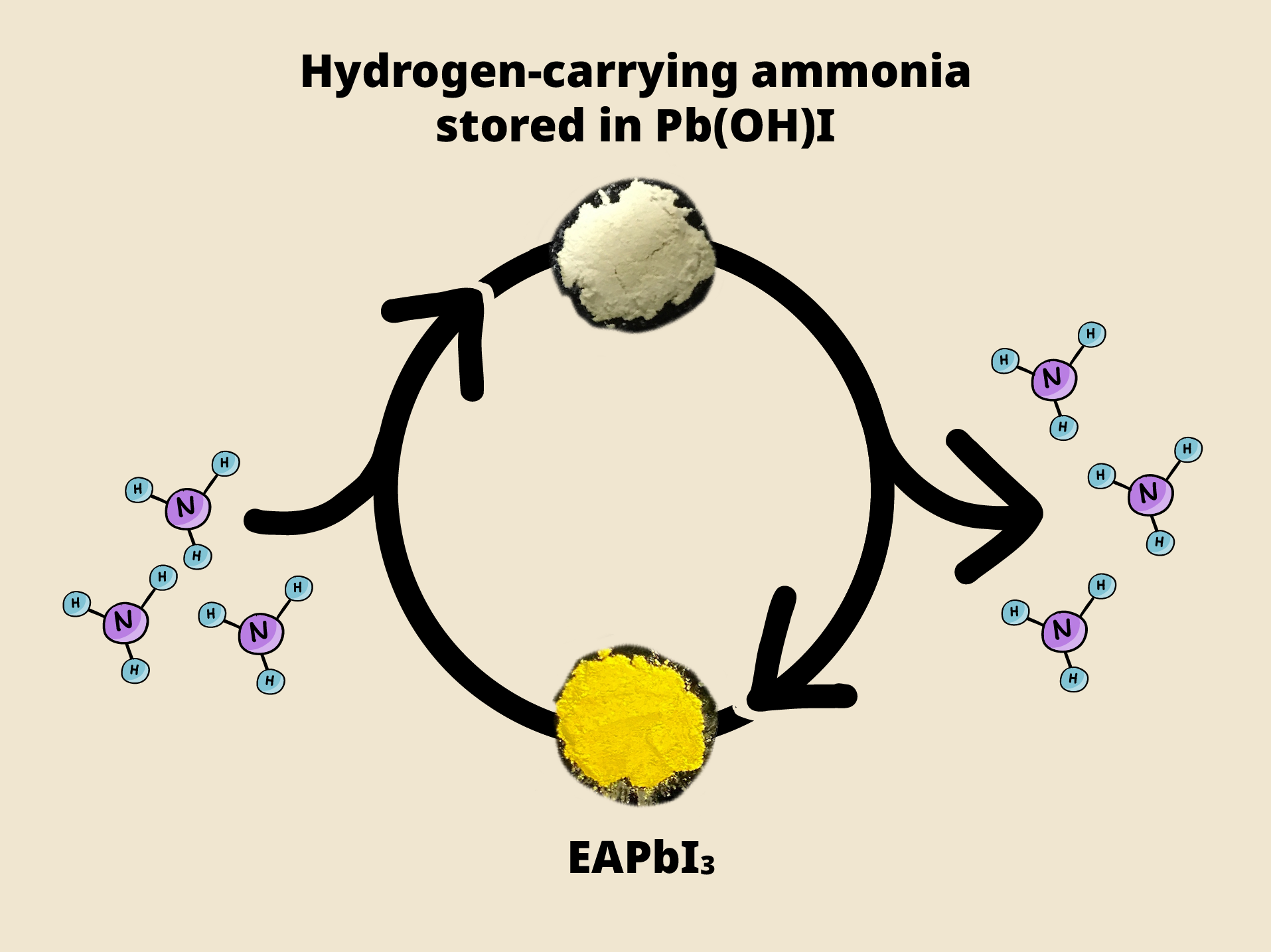
A new and improved way to store hydrogen
A simple chemical reaction allows hydrogen-carrying ammonia to be stored and retrieved cheaply and easily.
Jun
29
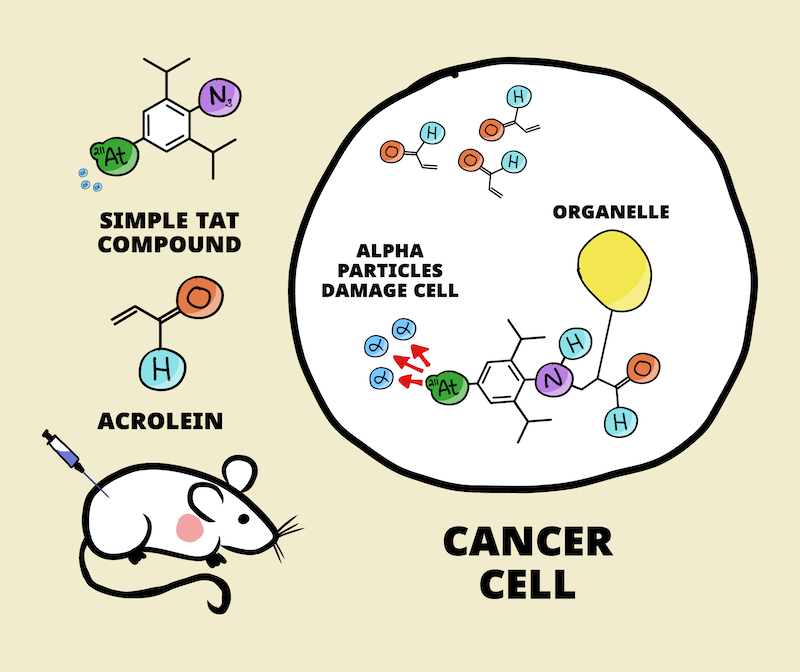
A new alpha-particle treatment for multiple cancers
Jun
28
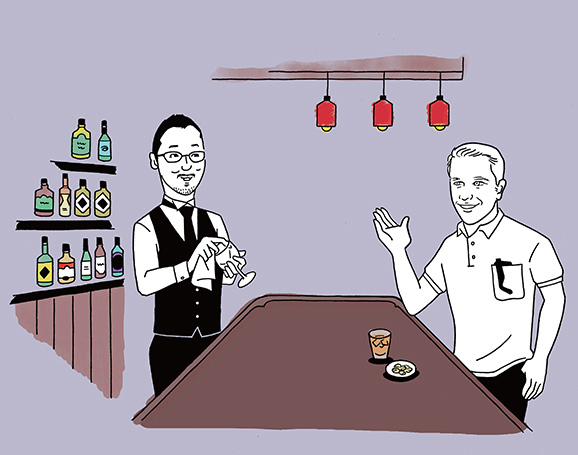
A researcher’s journey: from surfing to studying pain
Joshua Johansen from RIKEN CBS tells us about his journey from surfer to pain researcher and beyond. Stay tuned for part II …
Jun
15
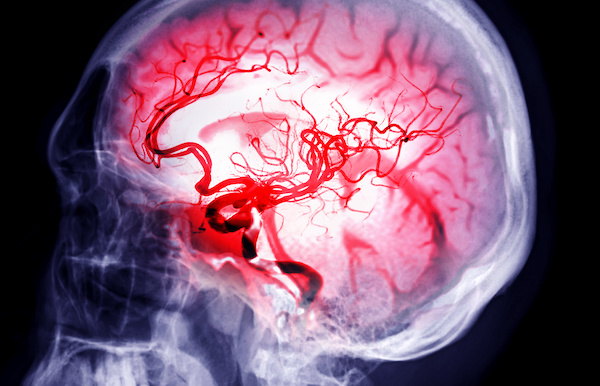
The first drug treatment for brain aneurysms (in mice)
Scientists discover that most aneurysms result from mutations. A mouse model shows they can be treated with drugs.
Jun
12
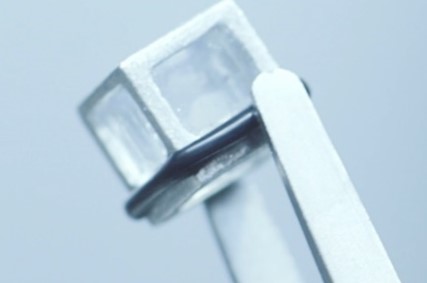
Simple but revolutionary modular organoids
A new way to construct complex 3D organoids without using elaborate techniques! The trick using modular cubes with hydrogel layers.
read moreMay
19





